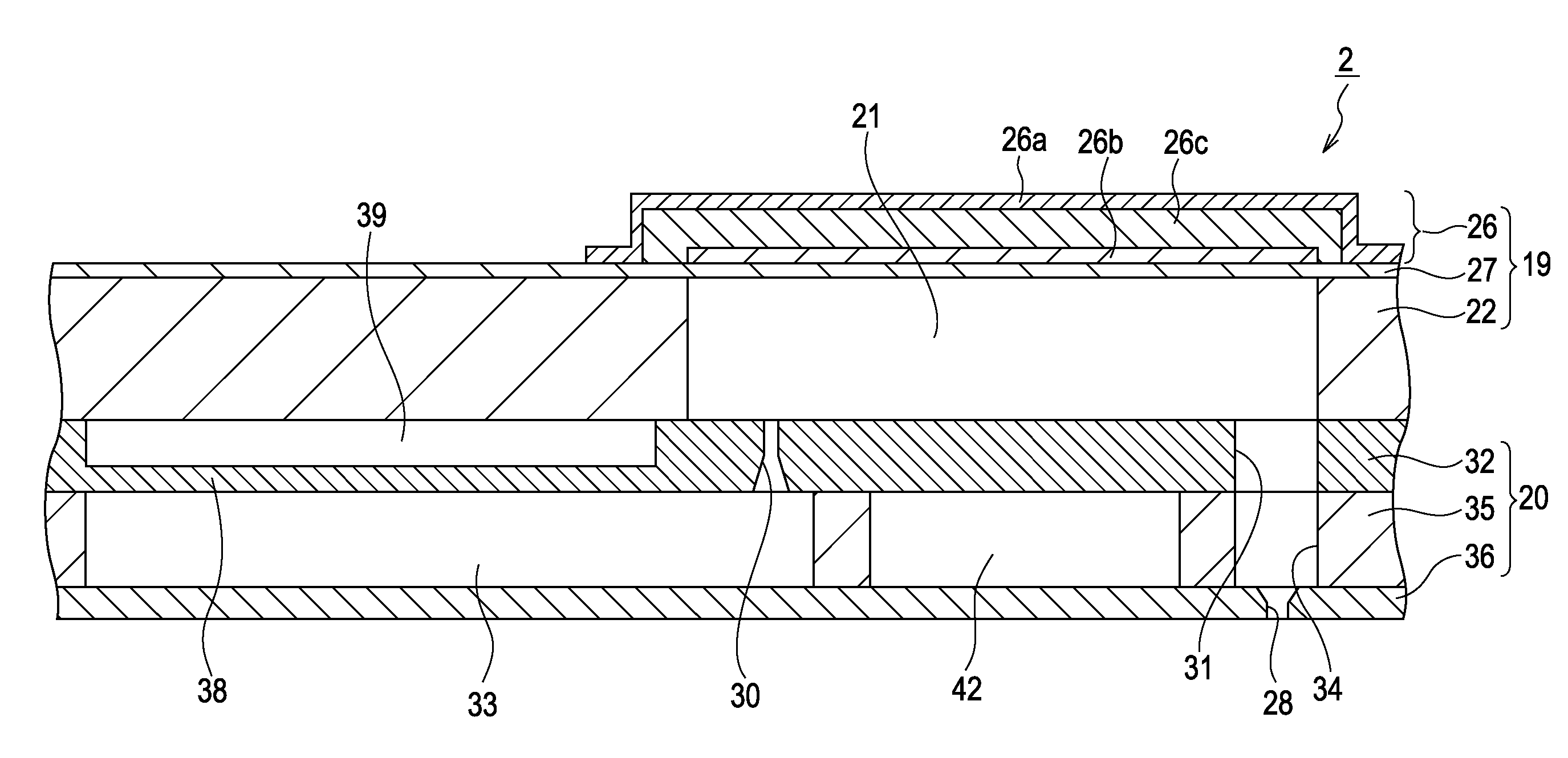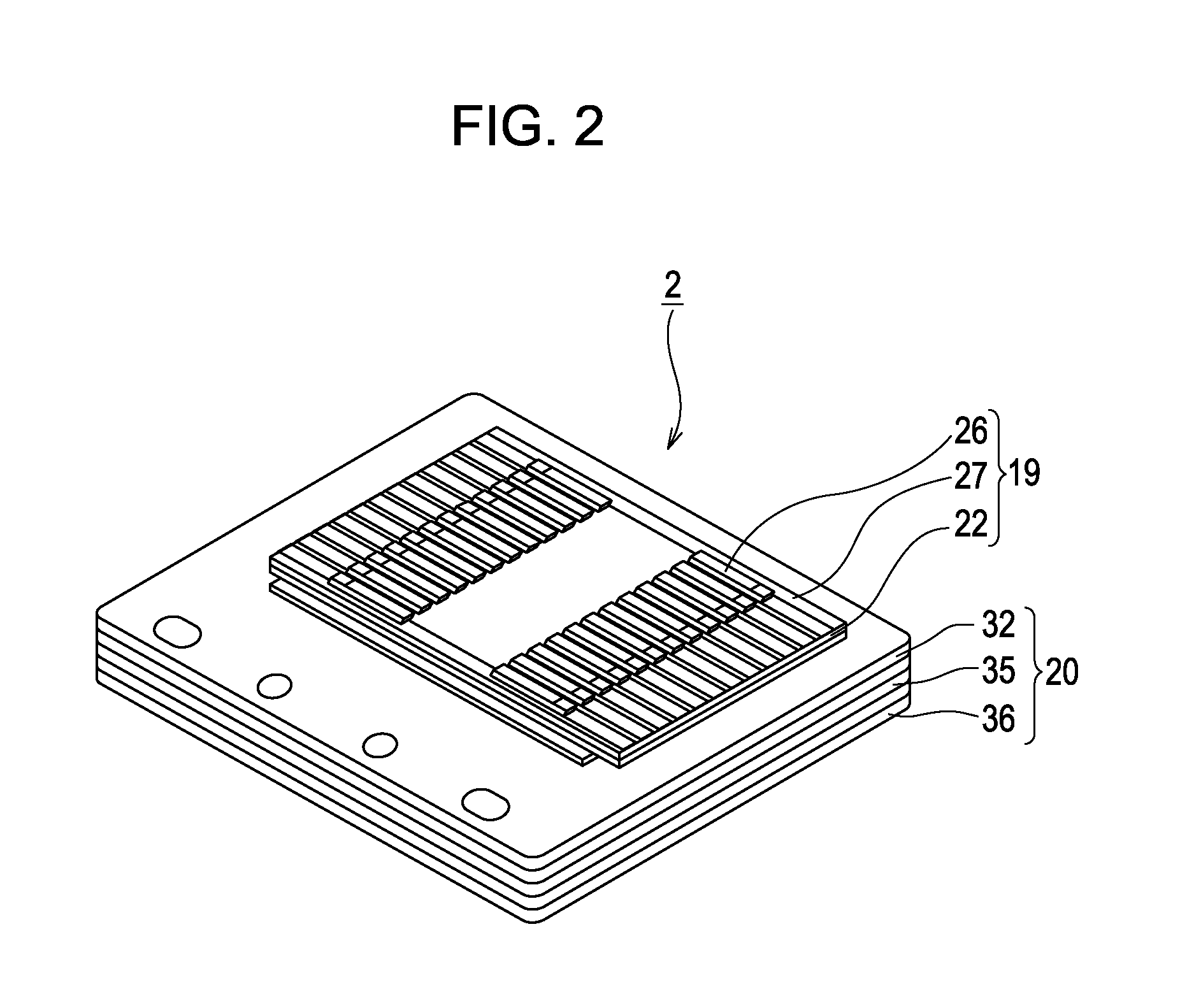Liquid ejecting apparatus and control method thereof
- Summary
- Abstract
- Description
- Claims
- Application Information
AI Technical Summary
Benefits of technology
Problems solved by technology
Method used
Image
Examples
Embodiment Construction
[0026]Hereinafter, exemplary embodiments of the invention will be described with reference to the accompanying drawings. In addition, in the exemplary embodiments to be described below, it should be understood that various preferred embodiments of the invention are not to be considered as limiting if there is no particular remark to limit the invention. Further, in the description below, an ink jet printing apparatus (hereinafter, simply referred to as a printer) shown in FIG. 1 is exemplified as the liquid ejecting apparatus of the invention.
[0027]A printer 1 schematically includes a carriage 4 to which a printing head 2 as a kind of liquid ejecting head is attached and to which an ink cartridge 3 (a kind of a liquid cartridge of the invention) storing ink (a kind of liquid of the invention) is detachably attached; a platen 5 which is disposed below the printing head 2; a carriage moving mechanism 7 which moves the carriage 4 mounted with the printing head 2 in the paper width dire...
PUM
 Login to View More
Login to View More Abstract
Description
Claims
Application Information
 Login to View More
Login to View More - R&D
- Intellectual Property
- Life Sciences
- Materials
- Tech Scout
- Unparalleled Data Quality
- Higher Quality Content
- 60% Fewer Hallucinations
Browse by: Latest US Patents, China's latest patents, Technical Efficacy Thesaurus, Application Domain, Technology Topic, Popular Technical Reports.
© 2025 PatSnap. All rights reserved.Legal|Privacy policy|Modern Slavery Act Transparency Statement|Sitemap|About US| Contact US: help@patsnap.com



